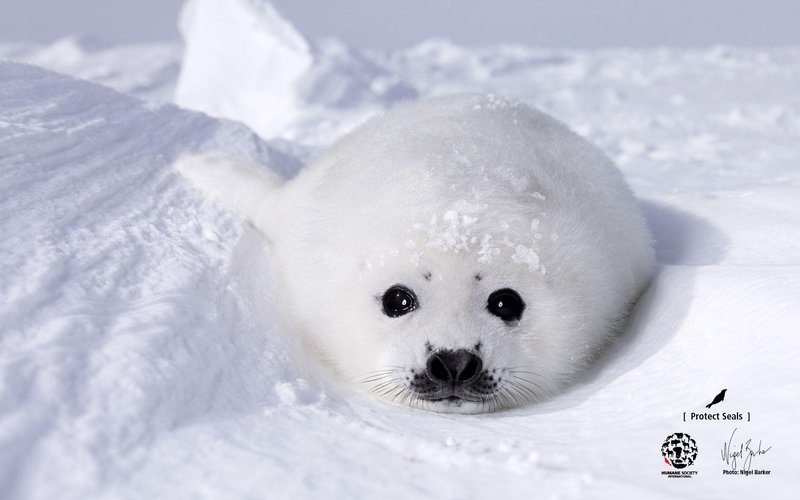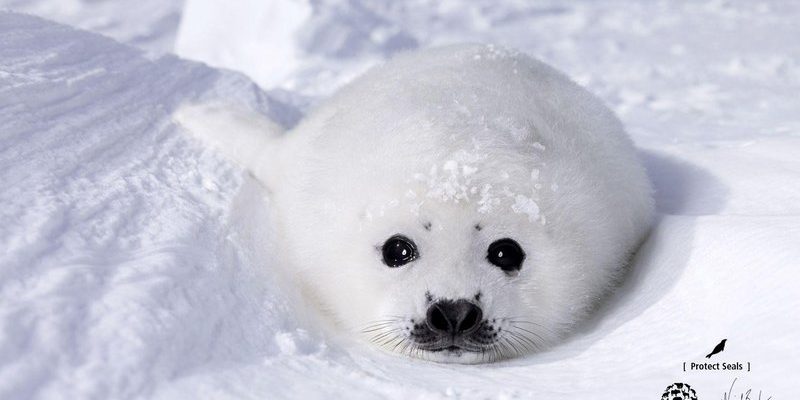
So, how do seals navigate such vast oceans? And what’s the secret behind their communication? These questions dive deep into the fascinating world of marine biology. Let’s explore how these adorable creatures use their natural instincts and unique adaptations to find their way and talk to each other.
The Sense of Direction: How Seals Navigate
Seals have an extraordinary ability to navigate in the water, often relying on a mix of instinct and environmental cues. Just like how we might use landmarks or GPS to find our way, seals utilize their surroundings to guide them. They are known to be very much in tune with their *environment*, which includes currents, tides, and even the positions of the sun and moon!
One fascinating fact is that seals can sense the Earth’s magnetic fields. This magnetoreception enables them to determine their position relative to the coastlines or certain underwater features. When they’re hunting for food, seals can travel long distances and often cover hundreds of miles with ease, thanks to this built-in navigation system.
But that’s not all! Seals also use their impressive eyesight to help them navigate. Underwater, their eyes are adapted to see clearly in dim light, which is particularly helpful during those deep, dark dives. So, when seals are swimming around, they are not just gliding through the water—they’re actively paying attention to their surroundings to keep a sense of direction.
Communication in the Water: Vocalizations and Sounds
You might be surprised to learn that seals are quite chatty! They communicate using a range of vocalizations, from barks and growls to clicks and whistles. Each sound serves a specific purpose, much like how we use different tones of voice when speaking to friends or family.
For example, a mother seal might use a specific call to attract her pup’s attention, while males often bark to establish territory or attract mates. Vocal communication is especially important during the breeding season, when seals are trying to find mates or fend off rivals.
Interestingly, they can also adjust their sounds based on the environment they are in. If they’re in a noisy area with lots of background noise, they might alter the pitch or volume of their calls to ensure their message gets through. This adaptability highlights the intelligence of these animals and their ability to thrive in various conditions.
Visual Signals: Body Language
While vocalizations are a big part of seal communication, body language is equally important. Have you ever noticed how dogs wag their tails or prance around to show excitement? Seals do something similar! They use their bodies to convey feelings and intentions.
For instance, when seals are fighting or displaying dominance, they puff themselves up, making themselves look bigger and more intimidating. They might also engage in playful behaviors, like rolling in the water or slapping their fins, which can signal to others that they’re feeling friendly or want to play. This combination of sounds and visual signals creates a rich tapestry of communication that helps seals connect with one another.
Finding Food: How Seals Hunt
Seals are skilled hunters, and their navigation and communication abilities play a significant role in finding food. Many species can dive deep into the ocean, searching for fish, squid, and crustaceans.
To hunt effectively, seals often rely on a strategy called “cooperative hunting.” This means that several seals will work together to corral fish into a tight ball, making it easier to catch them. They communicate through both sounds and body movements, coordinating their efforts to maximize their success.
When a seal gets really hungry, they can dive to impressive depths—sometimes over 1,500 feet! That’s like jumping into the deepest part of a swimming pool and swimming all the way to the bottom! Their remarkable sense of hearing helps them detect the sounds of prey, even in complete darkness. This skill, combined with their agility, makes them formidable hunters.
Adaptations for Survival: Physical Features
Seals have evolved several unique physical traits that support their navigation and communication skills. Their whiskers, for instance, are highly sensitive and help them detect vibrations in the water. Think of them as built-in sensors that allow seals to pick up on changes around them, which is crucial when hunting for food or avoiding predators.
Another intriguing adaptation is their ability to see well underwater. The shape of their eyes allows them to focus on objects in various depths, giving them a clear view of their environment. This adaptability is essential not just for finding food but also for navigating tricky underwater terrain.
Additionally, the thick layers of fat, or blubber, that seals have not only help them maintain buoyancy and warmth but also provide energy during long hunting dives. This fat layer allows them to stay in cold waters for extended periods, giving them a competitive edge when searching for food.
Challenges in Navigation and Communication
Despite their incredible skills, seals face several challenges that can affect their navigation and communication. Environmental changes, such as ocean currents and water temperature fluctuations, can disorient them. Pollution and noise from human activities also pose serious threats, as they can interfere with seal vocalizations, making it harder for them to communicate effectively.
Also, habitat loss due to climate change means that seals might have to travel further to find food or breeding grounds. This can lead to increased stress and disrupt their natural navigation patterns.
To help seals thrive, protecting their habitats and reducing human-made noise in the oceans is crucial. Understanding their communication and navigation methods can guide conservation efforts and ensure these remarkable creatures continue to flourish.
The Importance of Understanding Seal Behavior
So, why does all this matter? Understanding how seals navigate and communicate not only gives us insight into their lives but also highlights the complexity of ocean ecosystems. These adorable animals are a crucial part of the marine food web, and their survival helps maintain the balance in their environment.
By learning about their behaviors, we can become more effective advocates for their protection. Conservation efforts can be tailored to their needs, ensuring that seals have the support they need to thrive in a changing world.
To wrap it up, seals are truly fascinating creatures. Their navigation and communication skills make them masters of their watery domain. As we dive deeper into understanding their lives, we also learn more about the health of our oceans and the importance of preserving these incredible ecosystems.

